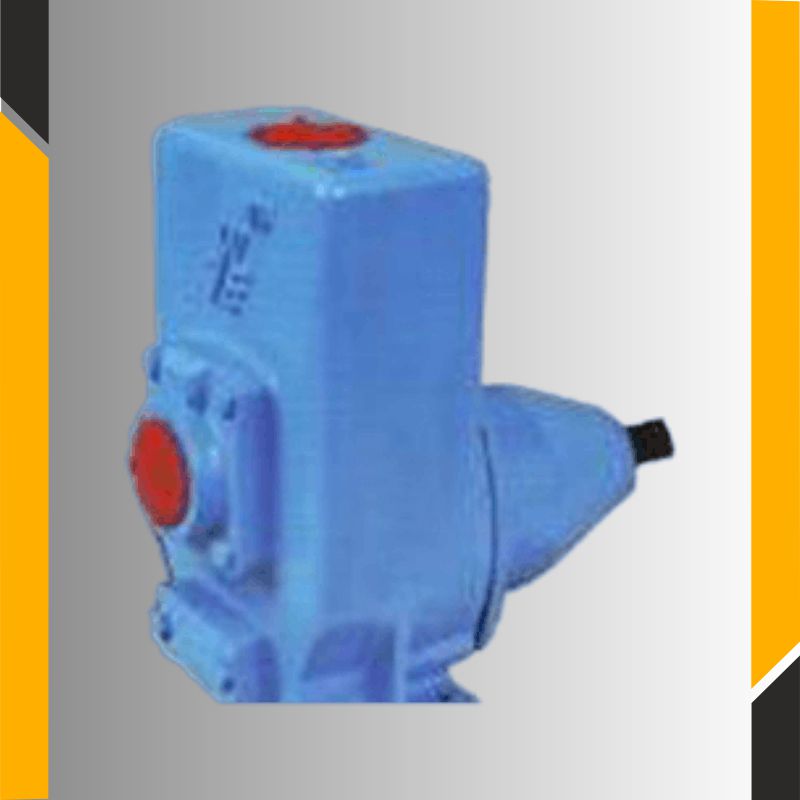
For optimizing industrial fluid handling processes
Efficient Priming nonclog pumps
Priming nonclog pumps is a critical aspect of ensuring their efficient operation within industrial fluid handling processes. Effective priming methods are essential to prevent issues such as airlock and cavitation, which can hinder pump performance and disrupt industrial operations. By discovering and implementing optimal priming techniques, industrial facilities can maximize the reliability and efficiency of their nonclog pumps.
Method Optimization
Discover and implement effective priming techniques tailored specifically for nonclog pumps, optimizing their operation for industrial fluid handling.
Performance Enhancement
Ensure seamless operation and prevent potential issues by employing efficient priming methods, maximizing the efficiency of industrial fluid handling processes.